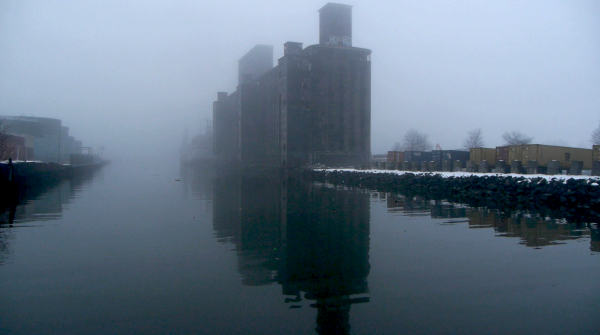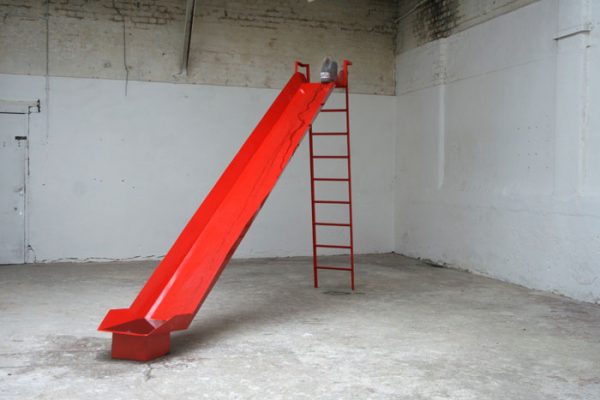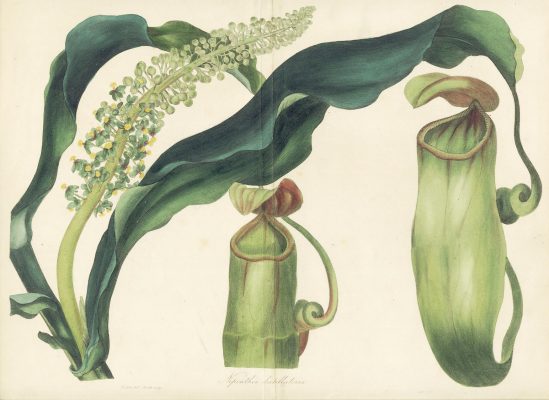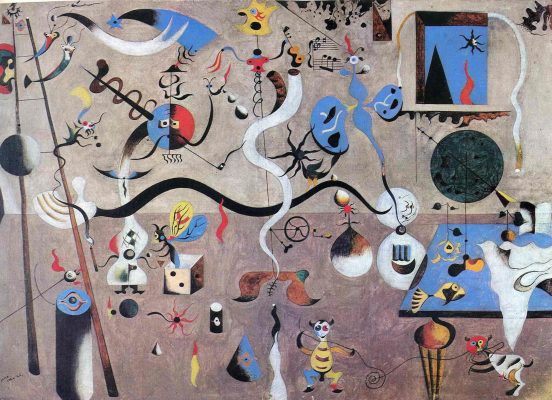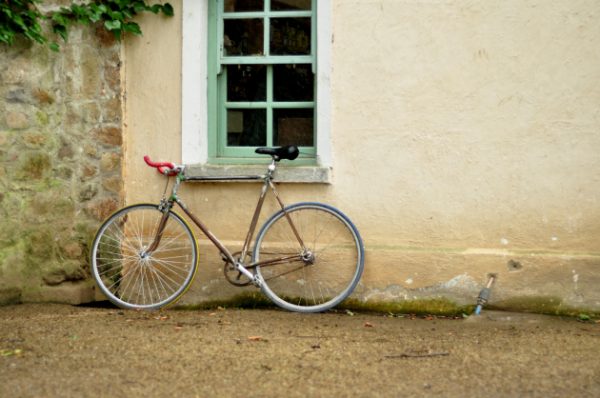AJem Cohen
— The term was intended with a grain of salt. I made no pretense of objectivity or ‘news’ – though most actual newsreels and news aren’t at all objective either, of course. I also just wanted to participate, to be one of the numbers when heads were counted. But I do have a great urge to document, and that’s kind of my way of experiencing a lot of things. I started to go from the very first day but was initially disappointed and put-off. Then Occupy latched on and stuck and I got very curious and started going and shooting as much as I could. It was simultaneously thrilling and fascinating and frustrating. Eventually I had a conversation with the programmer at the IFC Center movie theatre, and he asked what filmmakers were doing.
I expressed that there were about a million cameras there, that some people were doing on-site, collaborative advocacy pieces while others were coming in from outside. I assumed there’d be a lot of long-form documentaries, although few seem to have seen the light of day. But when he asked, ‘What about newsreels?’ I said, ‘Well, if I make newsreels, will you show them?’ And he said ‘yeah.’ That was very exciting. I started turning them around right away, and having them projected in five theatres at the IFC, and they ran for the months that Zuccotti Park existed. So I had to quickly explore the idea of what newsreels had been and could be, and mine also became a way of tipping my hat to a tradition that was important to me, of other filmmakers who had done politically engaged work that was generally not propagandistic, work that had a lot to do with both observation and radical form, people who weren’t just making kind of predictable advocacy-tools that are often a bit formulaic. Because, let’s face it, formulas can be affective, at least in terms of grabbing viewers, but they don’t usually make for really good films.
One thing that happened that I thought was both interesting and disturbing was that some people, probably with good intentions, wanted to make very slick pieces in support of Occupy – to put up on YouTube and stuff, basically commercials for the movement. They looked like ads, which isn’t surprising since some were made by people who worked in advertising. They made me very uneasy. I understood that people were trying to speak the language they thought would have the maximum mass appeal, and they might have been right about that. But I think it’s a problem to speak commercial language when you’re trying to be part of a resistance that’s inherently against market dominance and the corporate mindset. To make something that looks like a Coke ad but happens to be for Occupy, is, well, it might get a lot of hits on so-called social media, but there’s still a problem there. I tried to stay outside of both that territory and the strictly advocacy-based approach, and since I was working solo, I was thankful that my work didn’t have to be vetted by anybody, including the non-commercial media collectives – God bless them, don’t get me wrong. I’m glad they were down there doing very important, gutsy work – but that wasn’t the role that I chose. I did collaborate with Guy Picciotto on the music.
Commercialism does have a vernacular. It has particular forms. If you’re going make stuff because you are interested in and believe in what Occupy was at least trying to get at, or circling around, or, in their own varied ways, attending to, then isn’t it more appropriate to try to do it in the spirit of the thing? And that resistant spirit is something that can guide you towards a new, different vernacular. I shouldn’t say a ‘new’ one, actually, which neglects a whole tradition and seems too definitive. A radical approach can and maybe should be an uncertain one, because uncertainty relates to ambiguity, even to embracing a kind of ambivalence that can be part of a healthy movement. If you don’t recognise the ambivalence and the frustrations then you’re not being realistic and you’re going to be very, very disappointed when the movement crashes. Because it’s going to crash. And then it’s going to get back up. But you can’t help it get back up just by pretending, by glossing over the beautiful ambiguities that the world is really made of.
